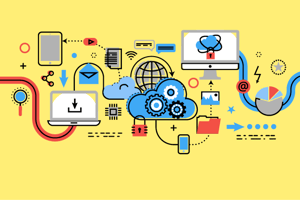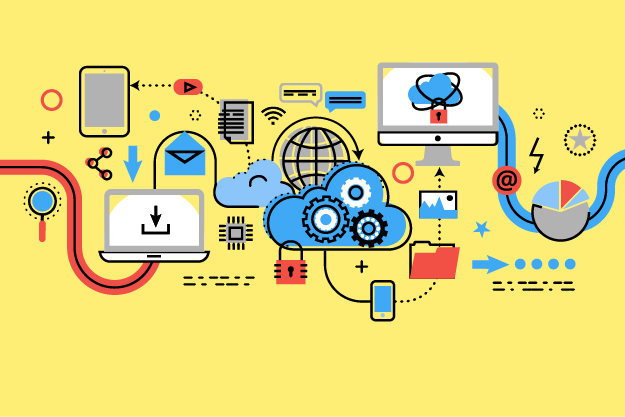 For National Health IT Week, we're sharing content covering the many roles of technology in the outpatient healthcare space. Today's post contains excerpts from Senior Director of Product Management Saundra Monroe's "Data, Technology and the Revenue Cycle" blog series.
For National Health IT Week, we're sharing content covering the many roles of technology in the outpatient healthcare space. Today's post contains excerpts from Senior Director of Product Management Saundra Monroe's "Data, Technology and the Revenue Cycle" blog series.
From: Sharing Is Caring! Data Sharing And Revenue Cycle Management
For outpatient healthcare facilities, one thing is for sure: you have to be ready and willing to change in order to remain viable, relevant, and above all, profitable. By focusing on relatively new advancements in system interoperability and data sharing, you can change your revenue cycle management (and the patient experience) for the better.
Let’s start with the basics: what’s changing.
The Old Way: Paper-Centric
The old way of sharing data is laborious, inefficient and prone to error. It’s an enormous, manual process (and time commitment).
What’s the worst-case scenario for businesses that can't share data electronically? Increased cost and lost revenue. Delays in documentation and inaccurate coding, for example, can greatly affect cash flow.
What’s the worst-case scenario for a patient or a payer? Multiple unnecessary – or even conflicting – procedures or medications prescribed. At best, this inefficient process is costly and wasteful. At worst, it could be dangerous.
The New Way: Patient-Centric
Digital data sharing helps create a streamlined workflow between patient care and patient billing, which allows you to run your facility more efficiently and focus on the business of healing.
So what does the future of outpatient care look like thanks to digital data sharing?
- No bulky paper records to store, copy, print, manage, pay for and retrieve
- Fewer medical errors and procedure duplication for improved patient safety and lower costs
- Less time with charts and more time with patients
- Fewer billing errors and increased charge capture
In healthcare, data sharing is caring—for your patients, your staff, and your bottom line.
Click here to read the full post
From: Data Integrity, Security and Transparency in the Revenue Cycle
Today, we have the ability to capture and analyze an amazing amount of numbers and statistics at every step of the patient journey. But all data isn't equal. For it to be useful, you must ensure its accuracy, security and transparency. Here are a few tips:
Data Integrity
This refers to the accuracy and consistency of your information. Seems simple enough, but the biggest challenge with data integrity in the healthcare revenue cycle is timeliness. This is a vital link between the financial and clinical aspects of the revenue cycle, and why you must utilize real-time data and analytics platforms.
Data Security
Patient health information (PHI) is incredibly sensitive—and valuable. From complex HIPAA guidelines to the rash of security breaches experienced by healthcare organizations, the technologies and processes you utilize must meet regulations to keep PHI secure. This starts by matching, managing and protecting patient information with a multilayered identity verification solution that validates the user privileges along with their attributes and roles with the ability to use an audit tool to report on any credentials that have been compromised. It also includes security awareness training for anyone with access to potentially sensitive data.
Data Transparency
This refers to the accessibility of information for those who need it and are sanctioned to access it: patients, payers and providers. Greater data transparency across the care ecosystem means widespread interoperability is needed—systems that are able to see and share data between each other.
Click here to read the full post
How does your facility leverage data and technology for revenue cycle management?



























